5min Trade Only Forex Premium Mt4 Indicator
One of the most common questions I get from traders is this…
"Hey Rayner, how do I identify the direction of the trend?"
However, it's not as simple as it seems — even if you use trend indicators.
For example:
The Daily chart is in an uptrend.
But when you go down to the hourly chart, it's a downtrend.
And if you go down to the 5-minute chart, it's chopping all over the place.
So what should you do?
Well, you'll know the answer after reading this post because you'll learn:
- The most important thing you need before identifying the direction of the trend
- How to use price action and identify the direction of the trend
- How to tell the direction of a trend without using candlestick chart
- How to use Moving Average to identify the strength of a trend
- How to use Trendlines the correct way
- How to use Channels to better time your entries & exits
- My personal method to identify and trade with the trend
Sounds good?
Then let's begin…
This is the most important thing before you can identify the direction of the trend (and it's not an indicator)
The trend is an illusion.
Yup.
You read me right. I said the trend is an illusion.
Why?
Because you can manipulate the trend and see what you want to believe in.
You might be wondering:
"How do you manipulate a trend?"
The answer is…
…Timeframe.
A trend is meaningless without knowing your timeframe.
Here's the thing:
You can have two traders looking at the same market and one says it's an uptrend, and the other, a downtrend — because they are looking at different timeframes.
Here's what I mean:
Daily chart:
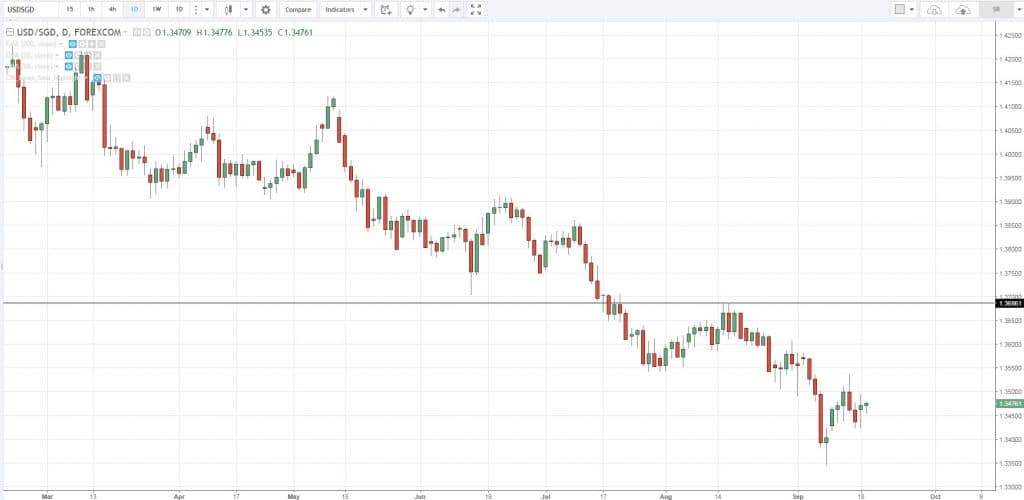
15minutes chart:
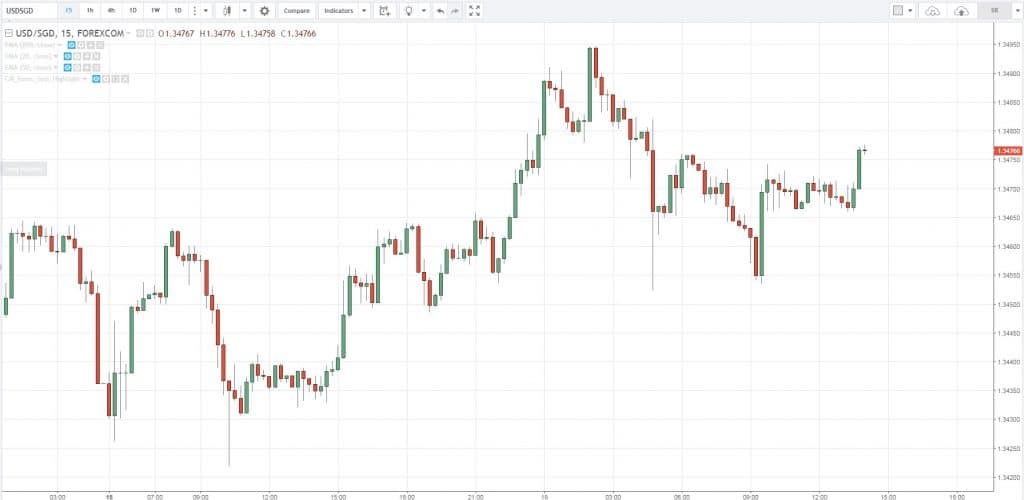
Get my point?
So…
Before you attempt to identify the direction of the trend, you must know your timeframe.
You're probably wondering:
"So Rayner, which timeframe should I use?"
This depends on your trading approach, whether you're a day trader, swing trader, or position trader.
But as a general guideline:
- Day traders are on the 30minutes timeframe and below
- Swing traders are on the 1 – 4-hour timeframe
- Position traders are on the 4-hour timeframe and above
Once you've defined your timeframe, focus on it 100% because the other timeframes are "noise" to your trading.
Next, let's look at the 5 trend indicators that work…
Trend Indicators #1: How to use Price Action and identify the direction of the trend
Price action refers to reading market structure, momentum, and sentiment to identify trading opportunities.
It's one of the most important things you can learn because it gives you a valuable insight of the market you're trading (that may not be found on trading indicators).
For example:
- Where will losing traders puke?
- Where are traders placing their stops?
- Where will new traders enter the market?
If you want to learn more, go read The Price Action Trading Strategy Guide.
Now that you've understood the importance of price action, let's learn how to read it and identify the direction of the trend.
Here are 3 things to remember:
- An uptrend consists of higher highs and lows
- A downtrend consists of lower highs and lows
- A range is contained between the highs and lows
Here's what I mean…
Uptrend:
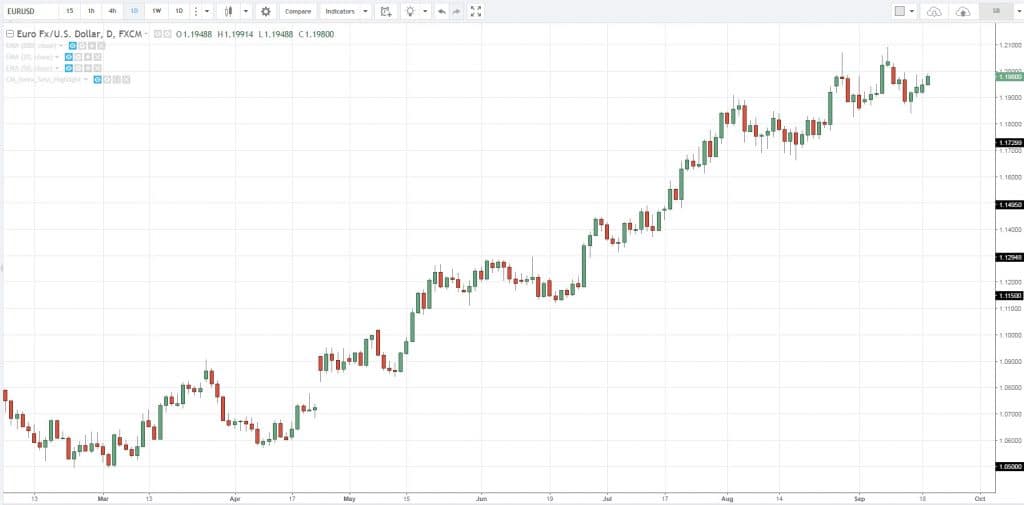
Downtrend:
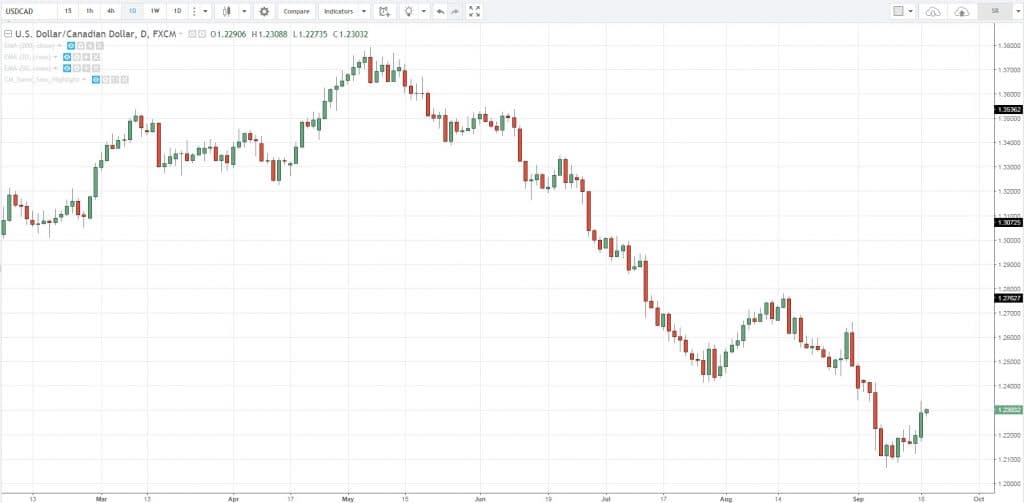
Range:
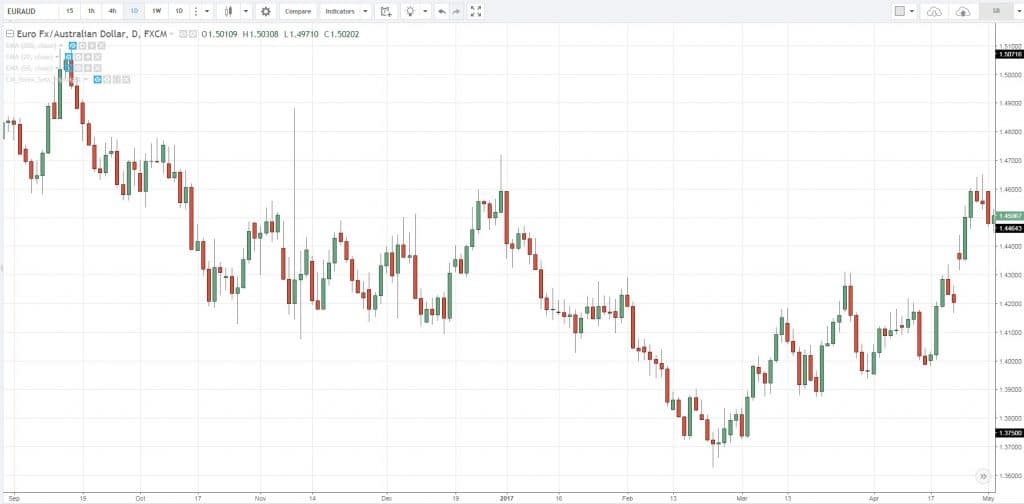
I'll admit.
Sometimes it's difficult to identify the direction of the trend based especially when the candlesticks are "flying" all over the place.
So in the next section, you'll learn how to identify the direction of the trend without using candlestick charts.
Let's move on…
Trend indicators #2: How to tell the direction of the trend without using a candlestick chart
Here's the thing:
Candlestick charts can get messy if the wicks are long which makes it difficult to identify the trend (especially for new traders).
And a simple solution to it is…
Line chart.
You're probably wondering:
"What is a line chart?"
It shows the price on your chart by taking the price at the close and then connects the closing prices together via a line.
So, you'll see a squiggly line on your chart which makes it easier to identify the trend.
Here's what I mean…
Candlestick chart:
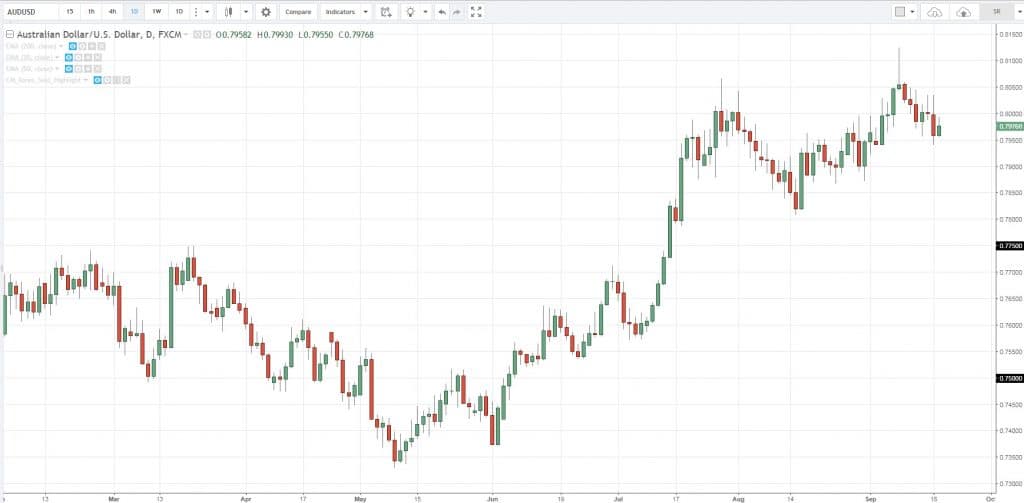
Line chart:
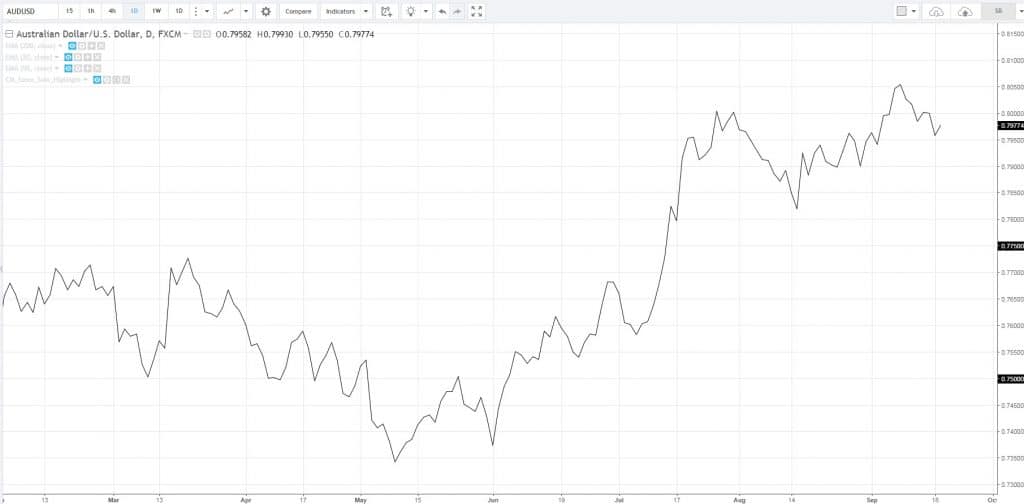
See the difference?
And here's how you can interpret line charts:
- If the line is pointing higher, it's an uptrend
- If the line is pointing lower, it's a downtrend
- If the line is flat, it's a range
Simple stuff, right?
However…
You must know that line chart only considers the closing price. This means you won't know what the high/low of the candle is — and this will hamper your trading decisions.
In my opinion, a line chart is useful to identify the direction of the trend. But for precise entries, exits and trade management, it's best to stick with candlestick or bar charts.
Trend indicators #3: How to use moving average to identify the direction of the trend and the strength of it
The moving average is an indicator that "summarizes" past prices and is plotted as a line on your chart.
Yes, it's a lagging indicator but…
…it doesn't mean it's useless because the moving average indicator can help you identify the direction of the trend — and the strength of it.
How to use moving average to identify the direction of the trend
Here's a simple technique that works:
- If the price is above the 200MA, then it's a long-term uptrend
- If the price is below the 200MA, then it's a long-term downtrend
An example:
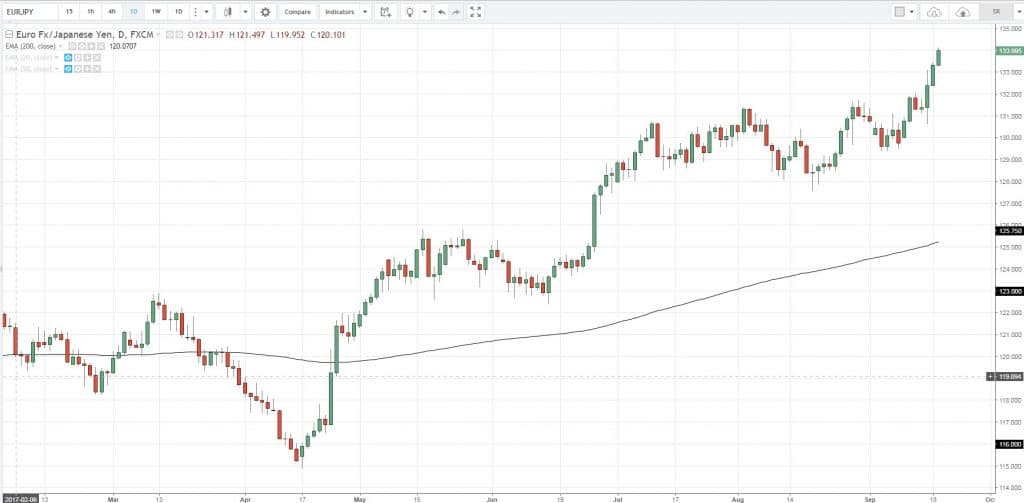
How to use moving averages to identify the strength of the trend
Now…
Besides the 200MA, you can use the shorter-term moving average to identify the strength of a trend.
Here's how…
- In a strong trend, the price tends to stay above the 20MA
- In a healthy trend, the price tends to stay above the 50MA
A few examples…
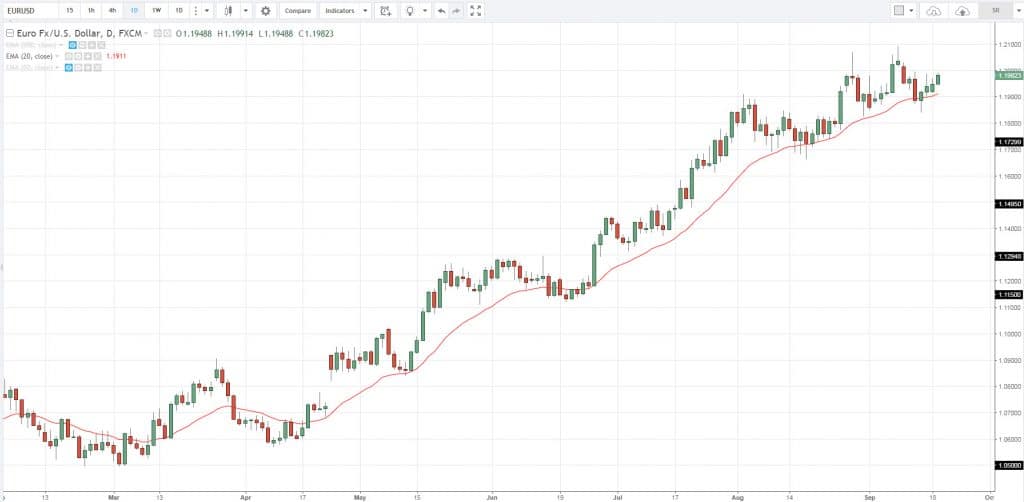
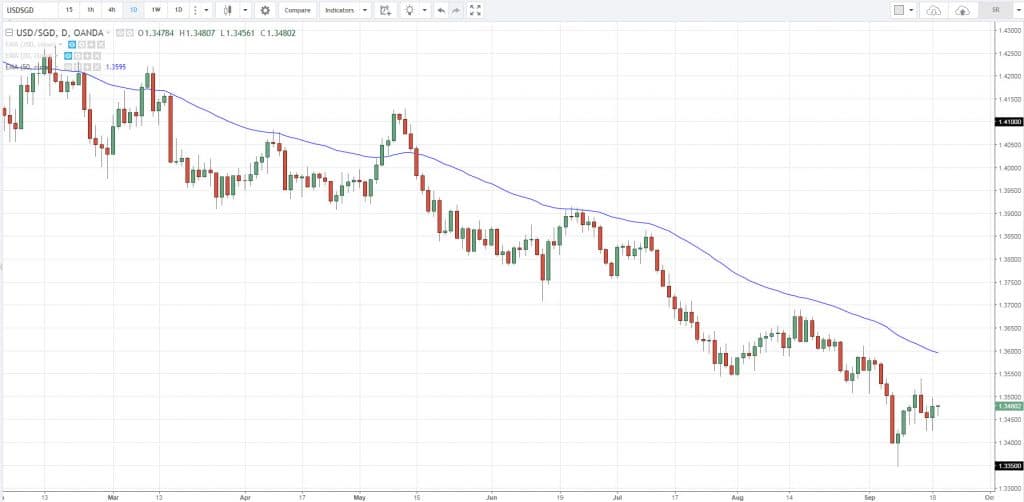
Now:
Moving average works best in trending markets (whether it's a strong, healthy, or weak trend).
But if the market is in a range, the moving average has little significance and it's best to ignore it.
If you're curious to discover my "secret" moving average trading strategy (that you can use), then check out this video…
Trend indicators #4: Trendlines
A Trendline is a tool you draw on your charts. It can help you identify the direction and the strength of a trend.
But before I get to it, you must learn how to draw trendlines the correct way.
How to draw trendlines like a pro
Here's my 3-step technique:
- Look for at least 2 swing points (it could be a higher low or lower high)
- Connect the swing points using a trendline
- Get as many "touches" as possible on the trendline
An example:
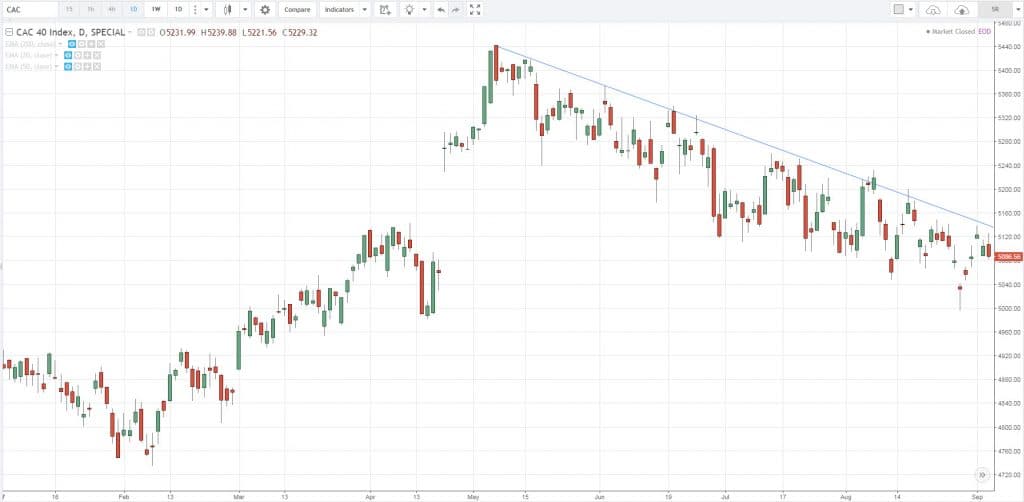
Simple right?
How to identify a trend and the strength of it with trendlines
Here's how to interpret the trend:
- If the trendline is pointing higher, it's an uptrend
- If the trendline is pointing lower, it's a downtrend
However…
If you want to determine the strength of a trend, then pay attention to the angle of the trendline.
As a general rule:
- The steeper the trendline, the stronger the trend
- The flatter the trendline, the weaker the trend
Here's what I mean:
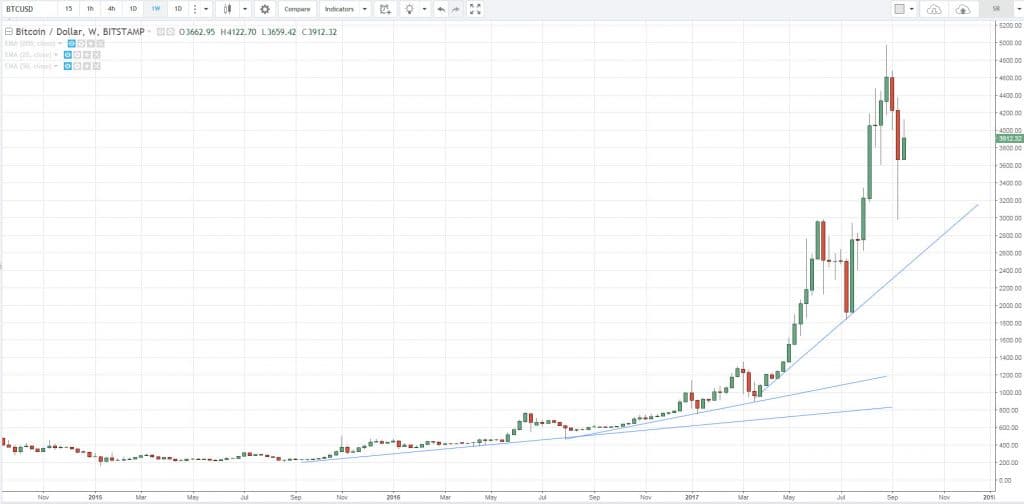
Make sense?
Good.
Now you've gotten a glimpse of how to use trendlines to define a trend.
But if you want to discover my trendline trading strategy using proven techniques that work, then check out this video here…
Next…
Trend indicators #5: How to trade with Channels and find "sweet spot" for your entries & exits
In case you're wondering:
"What's a Channel?"
A Channel is a variation of the Trendline.
The way you draw and interpretation it is the same as Trendline.
The only difference is… Channel has an extra line that's parallel to the Trendline.
Here's an example:

As you can see…
Channel helps you identify where opposing pressure could come in. This means you can take profit ahead of time — before the price has a high probability of reversal.
Not sure what the trend is? This little-known technique will give you clarity
Here's the thing:
If you look only at the water, you'll miss the ocean.
If you look only at the trees, you'll miss the forest.
If you look only at the current price, you'll miss the long-term trend.
So what's my point?
Stop being fixated on what the market is doing each and every moment.
Instead, zoom out your charts.
Yes.
Zoom out your charts and see the big picture.
Here's what I mean:
Zoom in view:
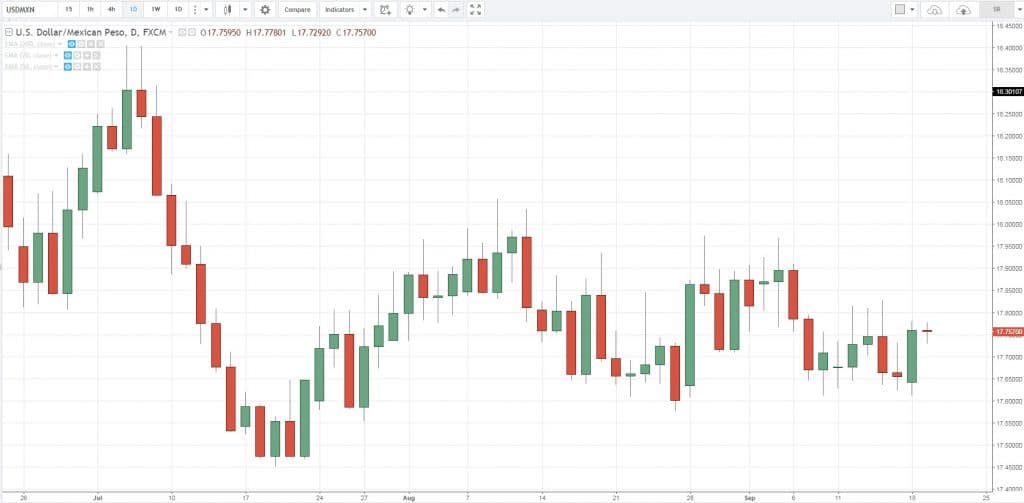
Zoom out view:
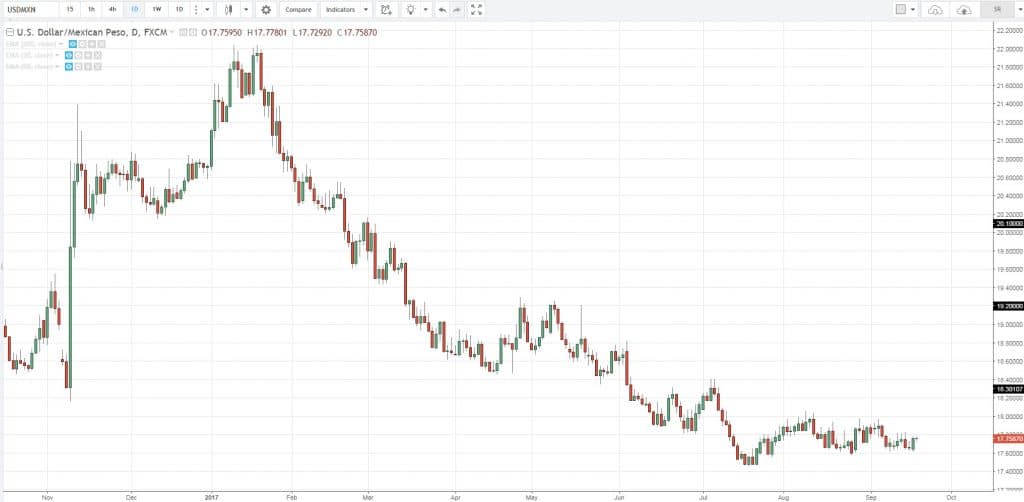
See how much of a difference it makes when you're looking at the big picture?
A mistake made by many traders is they become so involved in trying to catch the minor market swings that they miss the major price moves. —Jack Schwager
My personal method: How to identify and trade with the trend
As I've shared with you earlier…
There are different ways to identify the trend and there's no right or wrong or best approach.
But if you ask me, these are the 2 things I ask myself:
- What's the long-term trend?
- What type of trend is this?
Let me explain…
1. What's the long-term trend?
I'll use the 200-period MA to define the long-term trend.
If the price is above it, the market is likely to be in a long-term uptrend and I want to have a long bias.
If the price is below it, the market is possibly in a long-term downtrend and I want to have a short bias.
Next…
2. What type of trend is this?
Here's the deal:
Not all trends are created equal.
After many years of trading, I've realized most trends can be broken down into 1 of 3 categories…
- Strong trend
- Healthy trend
- Weak trend
Strong trend
A strong trend is when the price has little to no pullback and remains above the 20MA.
In such a scenario, the pullback may never come as the price keeps breaking higher. Thus, in strong trending markets, the best entry is usually breakout trades.
An example:

Healthy trend
A healthy trend is when the market has a healthy pullback and remains above the 50MA.
In such market conditions, it's possible to trade the pullback. Possibly towards the 50MA or, previous Resistance turned Support (in an uptrend).
Here's what I mean:

And lastly…
Weak trend
A weak trend is when the market has steep pullbacks but remains above the 200MA.
In such a scenario, you can trade from the 200MA or an area of Support (in an uptrend).
An example:
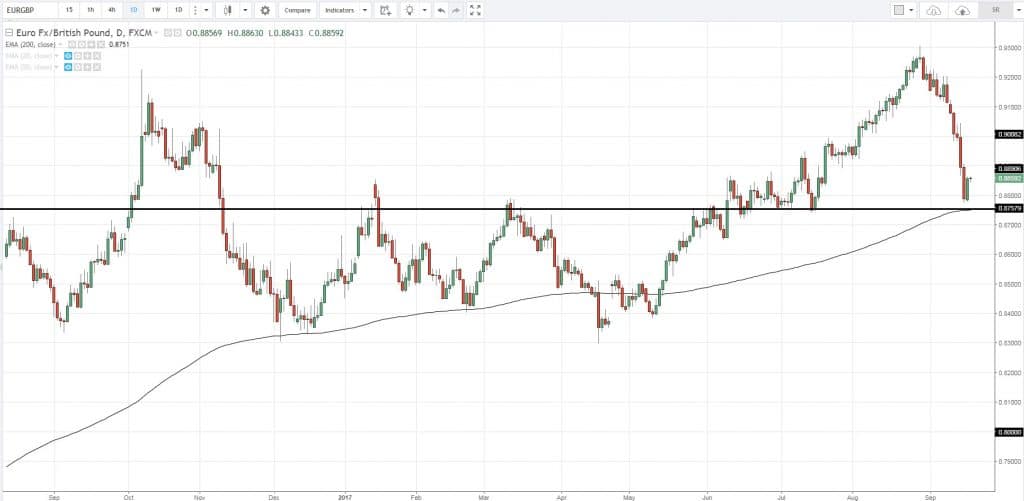
If you want to learn more about trends, go read The Trend Trading Strategy Guide.
Frequently asked questions
#1: Which timeframe should I use to identify the trend?
The timeframe should be relevant to your trading:
- If you're a day trader, then you'll identify the trend on the lower timeframe like the 1-hour or 30-minutes timeframe.
- If you're a swing or position trader, then you'll identify the trend on the daily or the weekly timeframe.
#2: Do I have to adjust the moving average settings to suit different timeframes?
There are no best settings out there because it depends on the type of trend that the market is in.
If the market is in a:
- Strong trend, it will tend to respect the 20 MA
- Healthy trend, it will tend to respect the 50 MA
- Weak trend, it will tend to respect the 200 MA
Personally, I'll use whichever of these 3 moving averages that the market is respecting more, for the timeframe I'm trading on.
If you want to discover more on moving averages, then check this out:
The Moving Average Trading Strategy Guide
Summary
Here's what you've learned today:
- Why a trend is meaningless without looking at the timeframe behind it
- How to use price action and identify the direction of the trend
- How to identify a trend without using candlestick charts
- An easy way to tell the direction of the trend using Moving Average
- How to draw Trendlines and identify the strength of a trend
- How to use Channels to better time your entries & exits
- My personal method to identify and trade with the trend
So, here's a question for you…
How do you identify the direction of the trend?
Leave a comment below and let me know your thoughts…
5min Trade Only Forex Premium Mt4 Indicator
Source: https://www.tradingwithrayner.com/best-trend-indicators/

0 Response to "5min Trade Only Forex Premium Mt4 Indicator"
Post a Comment